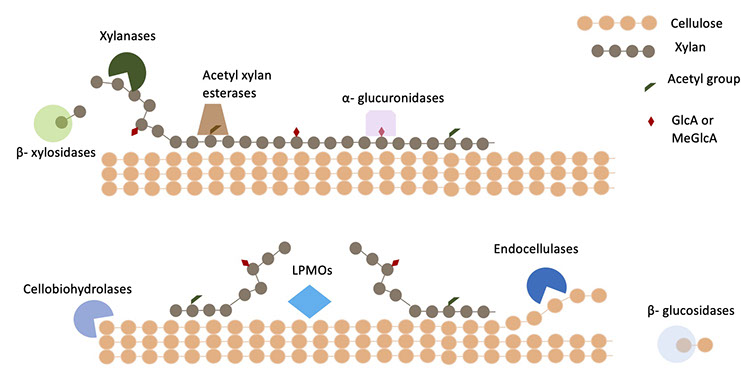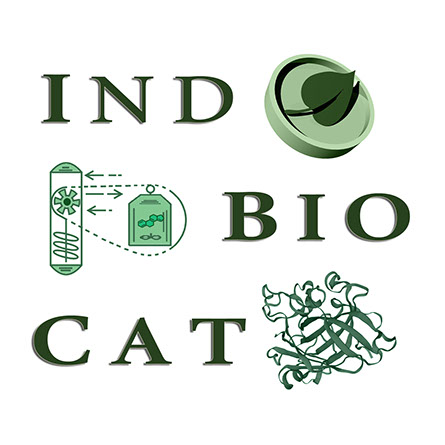
Discovery of novel lignocellulolytic enzymes and mapping of their synergistic interactions
Lignocellulose is one of the most abundant resources on Earth, but its complex physicochemical nature still prohibits the realization of sustainable biomass-based biorefineries. Due to its complexity, the complete degradation of lignocellulose requires the action of a great variety of different enzyme activities, most of which can be found in the genomes and transcriptomes of lignocellulose-degrading microorganisms. In the recent years, accumulating literature data suggest that complete breakdown of lignocellulose requires the synergistic interactions of multiple enzyme activities, acting in a complementary fashion. Moreover, the recent discovery of previously unknown enzyme activities opens up new pathways in the design and application of lignocellulolytic cocktails. However, the synergistic relationships among all the used enzymes must be studied in detail, in order to obtain maximum performance of the enzymatic cocktails. Enzyme synergy is the enhancement of substrate conversion observed with the combined action of two or more enzymes, and it may concern enzymes acting on the same polymer (intra-polymer synergism) or different polymers (inter-polymer synergism). Therefore, by exploiting the activity enhancement observed by the use of enzyme combinations, the used enzyme dosages can be minimized, minimizing the overall cost, but also the cocktail composition can be customized towards the production of the desired product.


